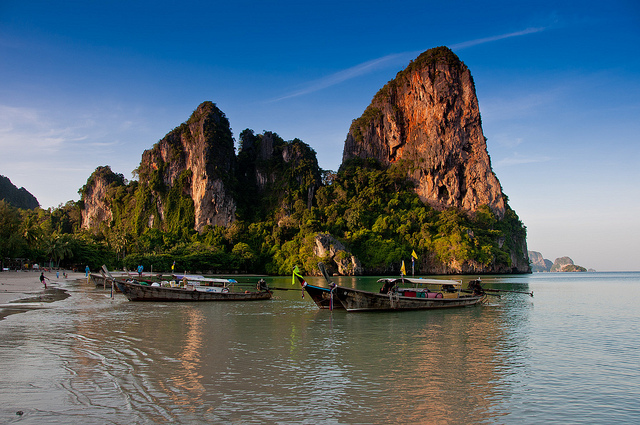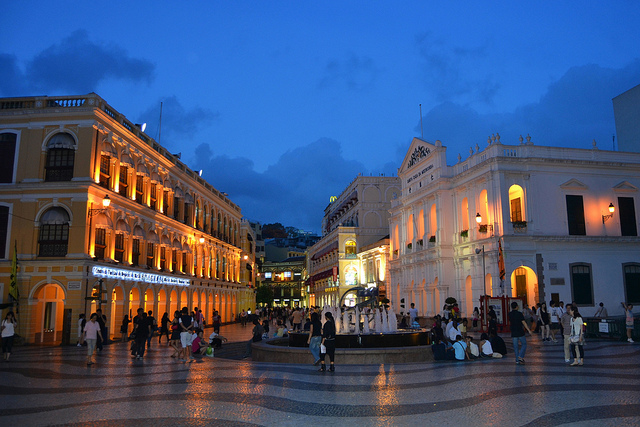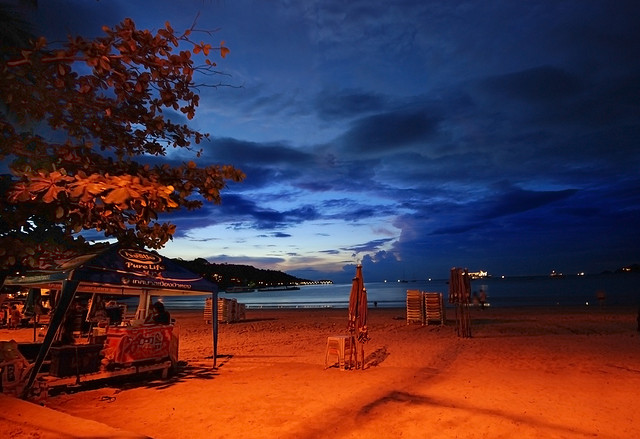The Songkran Festival in Thailand is celebrated as the country’s traditional New Year’s Day. To the Thais, Songkran is one of the happiest and most anticipated holidays of the year. The festival has been celebrated in the country for centuries, but is believed to be adapted from a holiday in India called Makar Sankranti or Pongal. The word “songkarn” comes from the Sanskrit word saṃkrānti , which literally means “astrological passage”. Songkran is a national and public holiday in Thailand, with public offices closed for the entire duration.
The date of Songkran was originally determined by astrological calculation, particularly using the solar calendar. This means that the date of Songkran changed throughout the years. When Thailand adapted the use of the modern calendar, Songkran’s date became fixed on April 13 and lasts three days until April 15. In some places, particularly in Chiang Mai, celebrations last for six days or longer.
In 2014, Songkran will again fall on those days.
Three Day Celebration
Each of the days of Songkran is devoted to a particular task. The reports vary as to what each day is particularly called or what activity is done, but Songkran is very much about families, reunions and respect for one’s elders and of course, the Buddha.
Traditions
The Thais pay great respect to their elders, and during Songkran this is of extra importance. Young people would sprinkle fragrant water into the elders’ palms in their family as a sign of respect and humility. They also ask for their elder’s blessings.
At the start of the holiday, homes are cleaned to get rid of the heavy and negative influence of the past. Sweeping the floors is one of the traditional ways homes are cleansed during Songkran.
Families also take time to go to temples and pray for a good year ahead. One of the traditions that the Thais practice is pouring water on the Buddha’s statues, specifically on the body. This is a sign of cleansing and renewal, and the water used to wash the Buddha are collected and sprinkled lightly over people as a sign of good fortune in the coming year.
Songkran is also a time for reunion, where families come together to celebrate their bond and unity. Preparations are done for sumptuous feasts to share with each other.
Merit Building
A central practice of Songkran is making merit. This is based on the idea that doing selfless acts for others gives you “celestial points”. Merits are earned by doing good deeds based on the teachings of the Buddha.
One of the most common practices of merit building during Songkran is donating food to the monks. Visiting nine sacred temples during Songkran is a good way of building up merit.
Water Festival
One of the biggest and most anticipated activities of Songkran is the splashing of water. We’ve mentioned that one of Songkran’s traditions involves pouring water over statues of the Buddha and using this blessed water to give others good fortune. This practice has evolved to a point that the streets of Thailand become quite a water park during Songkran. People line the streets with containers of water and throw them to passersby by the bucket. Some children use water guns, while other make use of garden hoses.
Along with the water comes the chalk. In Buddhism, powders and chalk are used in many rituals and are considered to be marks of religious blessings. In the more modern practice of Songkran, being doused with water and chalk would mean that the Thais are wishing you a happy and blessed new year. Visitors to Thailand during this season are well advised to join the festivities by donning comfortable and casual clothing, as well as protecting any items that they have that may get damaged when wet.
Modern Activities
While many Thais choose to celebrate Songkran quietly at home with their families, there are plenty of activities one can join in. There are beauty pageants in many areas around Thailand, parades and shows. Food festivals and bazaars abound where visitors can sample the different kinds of delicious Thai food.
Traditional Activities
Visitors who wish to participate in more traditional rituals of Songkran would find better luck in going to smaller communities. The Phra Pradeng district celebrates much later than bigger places like Bangkok, and their activities hold a more cultural and sacred aspect.
In Sanam Luang just across the Grand Palace, the Buddha’s image is taken out of the National Museum and is displayed in a parade for people to sprinkle water on.
And if someone offers you a bracelet, hold out your hand with the wrist up and accept it with a smile. It is another way of wishing you luck for the new year, and Thais believe that you should never remove it until it falls off on its own.
Songkran is a wonderful holiday that shows the world how deep Thais respect their families and their culture. Yet it also shows the fun side of the people, gamely getting into sharing their blessings and good fortune.
Happy Songkran Water Festival!



